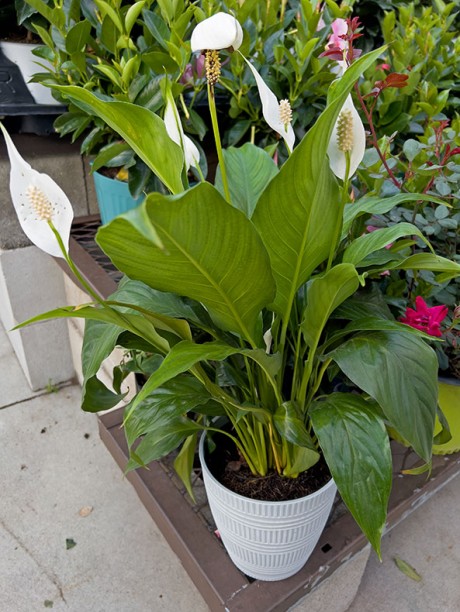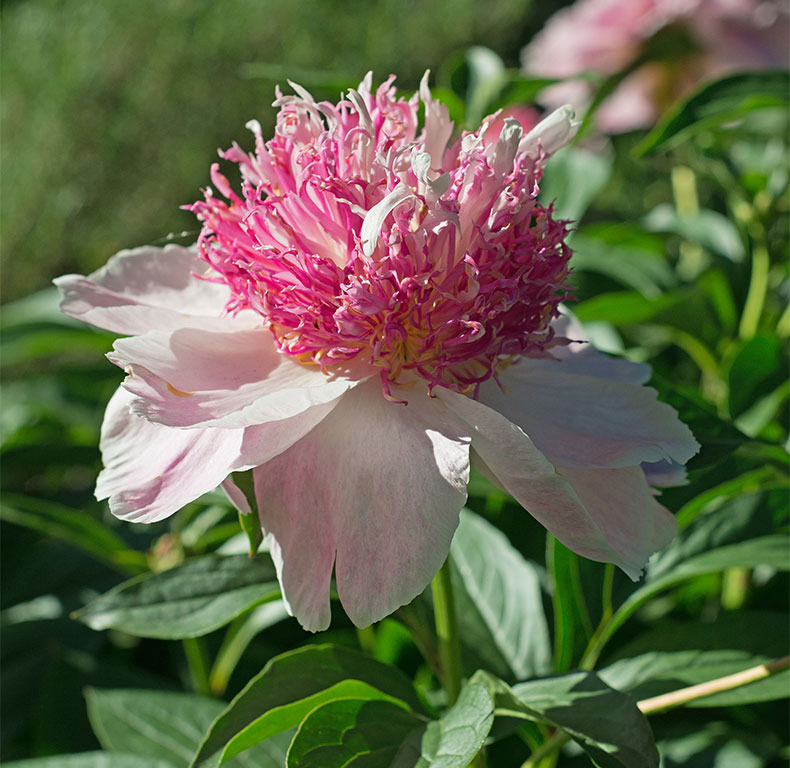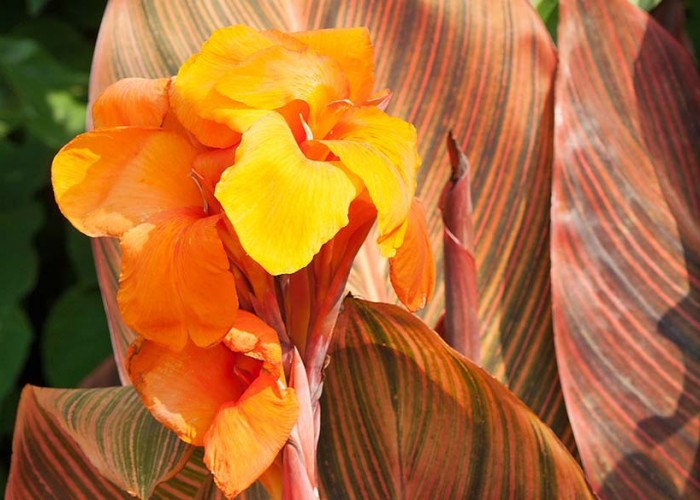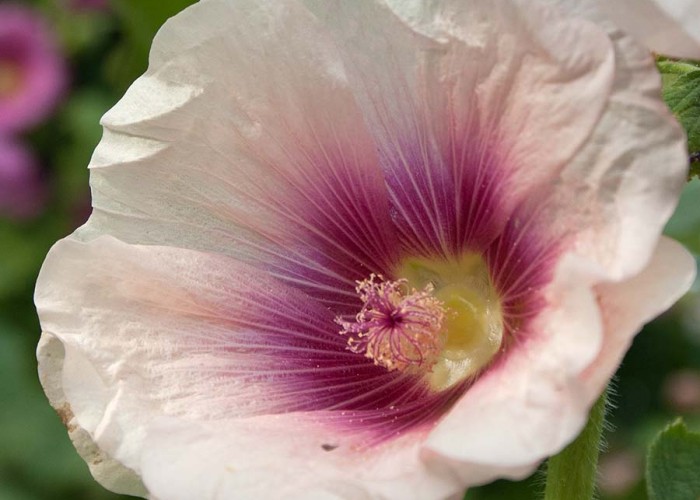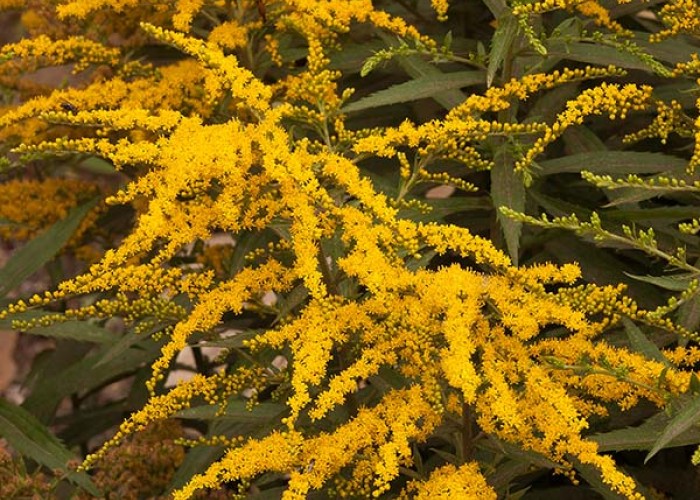Divide and Conquer: Houseplants to New Offspring
Plus Garden To-Do’s for August
By L.A. JacksonIt’s a natural fact that happy houseplants grow, but often it is to a point that they become much too cramped in their containers. Dividing such squished plants is one good option.
The good news is that this will usually invigorate the original plant as well as its offspring. The better news is that you will wind up with more of the same pretty plant.
Some of the more popular houseplants that can be propagated — and from a tight pot, liberated — by division include spider plant, pothos, jade plant, bromeliads, anthurium, Chinese evergreen, areca palm, Boston fern, cast-iron plant, philodendron, aloe, peace lily, caladium, dieffenbachia, streptocarpus, pepermonia, oxalis and snake plant.
For some houseplants, division simply means separating smaller plants that have sprouted beside the main plant. To do this, remove the plant from its pot, thoroughly wash any soil from the base clump, and then carefully untwist, cajole or otherwise coax the roots (or, for some plants, young bulbs) apart. Snips might be necessary to “solve” some Gordian knots, but use them sparingly.
Other houseplants form thick masses of fine, hair-like roots, and untangling such messes will only make you cross-eyed and grumpy. This is where simple surgery comes into play by cutting up the root ball. Many plant-propagating gurus swear by using a sharp knife to divide root clumps, but I love my fingers too much to abide. Rather, I prefer a small-toothed saw, such as a miter or Japanese pull saw, to do the deed. Either works quite well (while leaving me able to count to 10 on my fingers).
The divided plants should then be tucked away in their own new, spacious containers. The temptation to use high doses of fertilizer to jump start these plants is great, but I have had regular success by just treating them to a quality potting soil that is chock-full of organic nutrients.
Placing the divided plants outside in the invigorating warmth of a fading summer is a good idea, just as long as they are in locations of slight to high shade. Remember, however, to bring your pretties inside this fall before nighttime temperatures fall into the low 50s.
Be sure to irrigate the separated plants at least once a week. However, even with regular waterings and being tucked away in shady conditions, some wilting might occur, but this is natural during their resettling period.
Garden To-Do's for August
For the best selection, now is a good time to buy peony tubers, with the end of this month into September being a prime planting time. Pick out the chubbiest tubers you can find that have at least four to five pinkish “eyes” on each. Don’t plant them too deep — no more than an inch below the soil’s surface to allow the tucked-away tubers to experience the beneficial chill of winter they need to develop and bloom properly. Also, if possible, site your pretties-to-be in an area that greets the morning sun but is somewhat shaded from the harshest afternoon rays during the growing season
- Sure, the summer sizzle might be in full force, but now is a good time to start planting such cool-season veggies as broccoli, cabbage, rutabagas, Brussels sprouts, carrots, collards, cauliflower, radishes, lettuce, kale, parsnips and mustard greens.
- Add even more dazzle to the fall landscape by checking with local nurseries for the blooming plants of such firecrackers as rudbeckia, helenium, heliopsis and helianthus.
-
More August gardening
-
Share this story:

